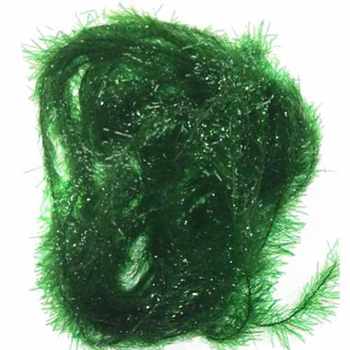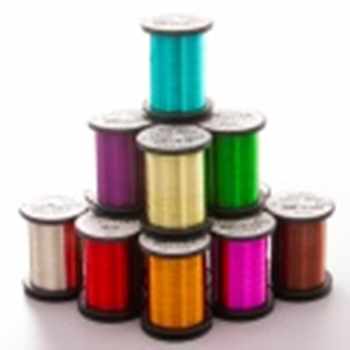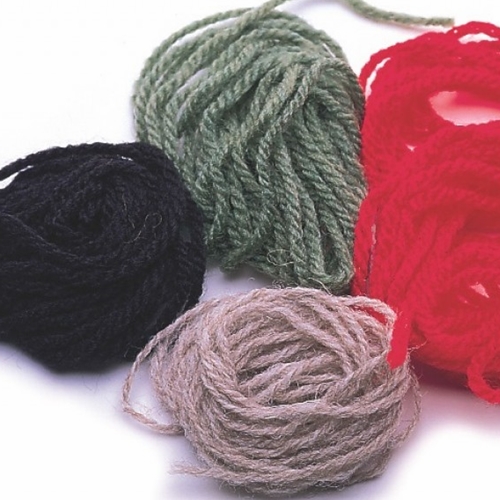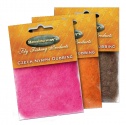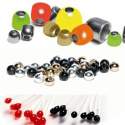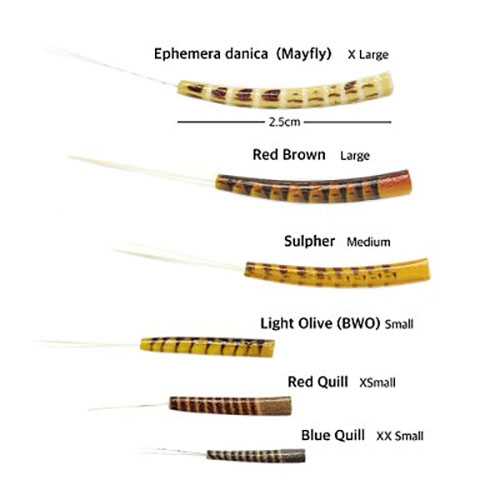Which Fly Tying Thread?
Once upon a time, many moons ago…I guess those tying flies were pretty much restricted to one type of thread, or silk known as Pearsall’s, which in fact was not developed for tying flies, but nonetheless, it was fit for purpose. Of course, over time, threads have been developed with the specific idea of fly tying in mind, giving us modern day fly-tiers a wide range of threads, for various applications. Those new to fly tying often find the different thread types confusing and that’s before we even begin to discuss thread thickness, or denier, which we’ll discuss in the next newsletter. Outlined here are a selection of thread types we might choose and their various applications.
Semperfli Nano Silk
In essence, Nano is not actually a silk, but a Gel Spun Polyethene (GSP) thread. This renders Nano extremely strong and surprisingly thin. In fact, it’s virtually impossible to break at the vice, which means you’ll need scissors to cut Nano. Such is the durability of Nano, you MUST use a ceramic bobbing holder now, as the thread wears down the nozzle of normal bobbing holders. Further more, it doesn’t deteriorate when exposed to water, or UV light, so will last forever!
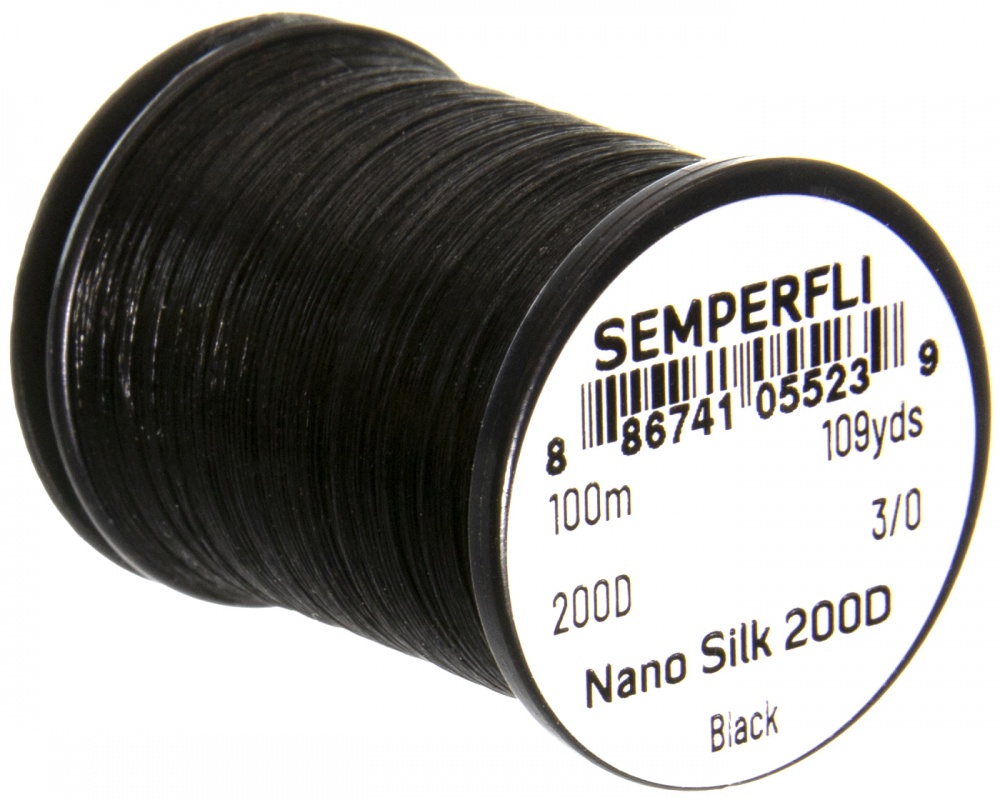

Nano silk is what we term a ‘multi-fibre’ thread, so is made up of countless individual fine filaments to make on thread over all. Because it is untwisted the thread lies flat when tying flies, so creates little in the way of build up. Being a GSP thread, it can be a tad slippery. Running the thread through dubbing wax improves its grip no end. It’s also virtually indestructible, so if you’re after a hard wearing thread then Nano is for you. It’s especially useful when tying smaller flies and modern buzzers. One word of warning for beginners, because of it’s strength, take when binding on materials as too much tension can cut through the very material you’re attempting to secure, particularly where foam and deer hair are concerned.
Semperfli Waxed Thread
Without question Semperfli waxed thread is the most versatile material out there. Consisting of polyester, waxed thread is multi-fibred, like Nano silk. Naturally, the waxing process provides the thread with unparalleled grip when it comes to securing materials, which in turn means fewer wraps of thread are required when attaching feathers. Another thread that is essentially ‘flat’ in its raw state, waxed thread is ideal for tying all types of fly from lures and salmon flies to the tiniest of midge patterns.
Shop Classic Waxed Thread, Click Here!
Of course this depends of the size you select with the likes of 18/0 perfect for wee flies and 6/0 when dressing the likes of salmon flies. Like nano, waxed thread doesn’t deteriorate when exposed to water, or UV light. A good all-rounder and if you want to purchase one type of thread, you won’t go far wring with Waxed thread as it can be sued for tyinf dry flies, nymphs, wet flies and of course the aforementioned lures.
Veniard’s Big Fly Thread
Another polyester with a slight twist, Big Fly thread is just the job for tying larger lures, pike flies and saltwater patterns. At size 3/0, granted it appears thick, but the thread covers the hook quickly and is extremely strong when it comes to binding down materials. Like Waxed thread, it takes colour well, which results in many vibrant shades. A must if you’re tying flies for predator fish.
Pure Silk
As the name suggest, Pure Silk consists of silk. Whilst constructed of multi-fibres Pure Silk is bound into two separate strands that are then lightly twisted to create a 2-ply rope (thread). It’s a simple procedure that renders the silk stronger as in essence, for a given thickness, Pure silk is weaker than synthetic threads. Because of this silk type thread tend to be that bit thicker in diameter. Whilst this might not appeal to those tying minute flies, it has value when tying north country spiders, wet flies and for ribs on smaller flies.







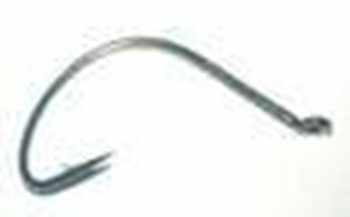
.jpg)



